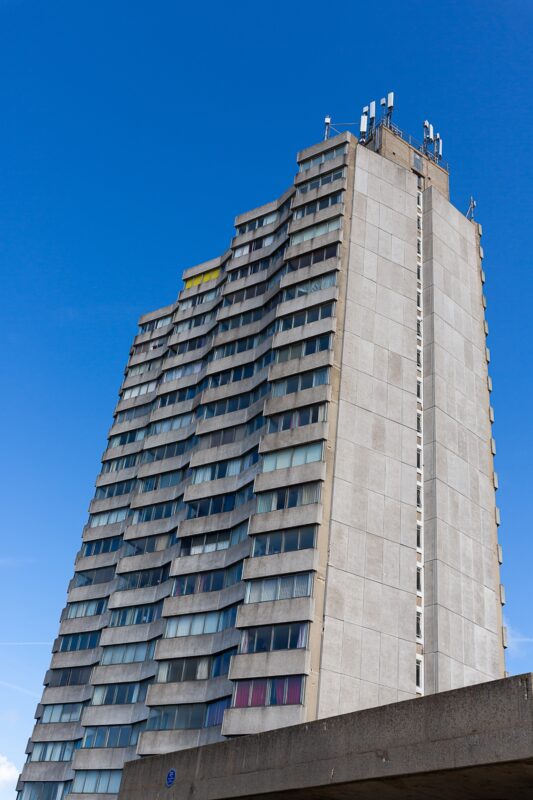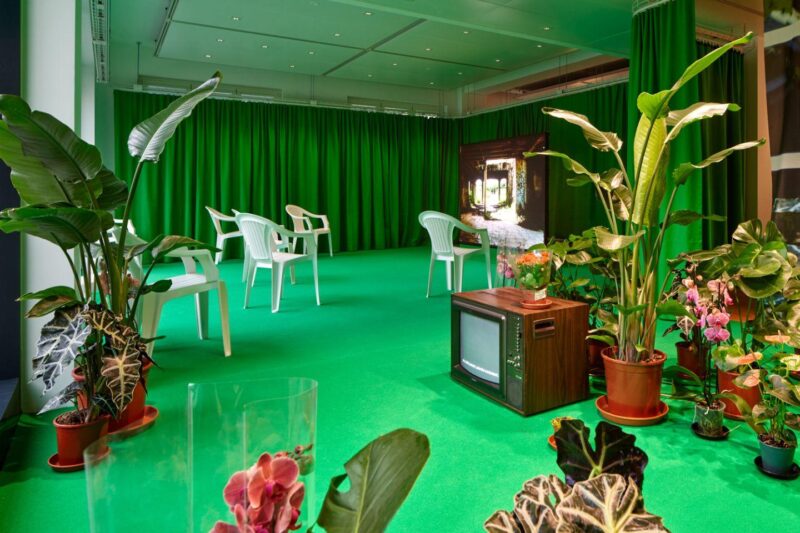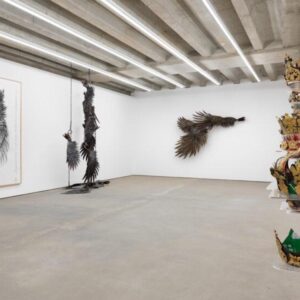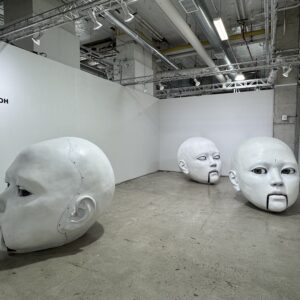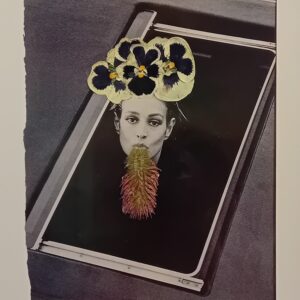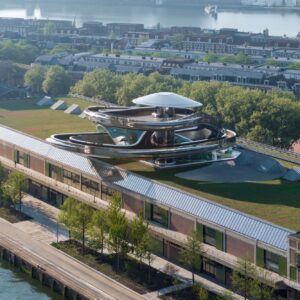In 1997 Edward Burtynsky had what he now calls his “oil epiphany”. Having just filled up his car at a petrol station, it came to him that, as he puts it, “the vast, human-altered landscapes that I pursued and photographed for over 20 years were only made possible by the discovery of oil and the mechanical advantage of the internal combustion engine”. His work ever since has been about oil: its production, transportation and myriad uses as well as the environmental cost engendered by the same.
Burtynsky’s series Oil is a vast undertaking, more than a decade in the making. Alongside Mitch Epstein’s equally epic project American Power, it is one of the key visual documents of our time. The book of the same name was published in 2008. It seems a little odd that the newly refurbished space of the Photographers’ Gallery should revisit that work for its (re-)opening show, but then again if you wanted a big-profile artist making work on a hugely ambitious scale, Burtynsky is an obvious if safe choice.
Oil takes up the top two galleries of the redesigned five-storey space, and the series is divided under three thematic headings: Extraction and Refinement; Transportation and Motor Culture and, most intriguing and ominous of all, The End of Oil.
Like the work of Epstein and other more conceptual practitioners such as Andreas Gursky and Thomas Struth, the book format doesn’t really prepare you for the scale and extraordinary detail of these large format images. To give you some idea of the ambition, both formal and technical, of Burtynsky’s work you need only look at a photograph entitled Highway #5, Los Angeles, California. Though its dimensions are 1.6 metres by 1.98 metres, it encompasses the vast sprawl of Los Angeles from the complex intersection of freeways in the foreground all the way to the high-rise buildings of the downtown district and beyond to the mountains. The photograph was taken from a tripod-mounted camera in an open-sided helicopter hovering above the freeway, but there is no sign of camera shake here. Indeed, the digitally recorded detail is so extraordinary that you can pick out several McDonald’s arches amid the low-rise urban sprawl, as well as the Hollywood sign way off in the hills, everything lit and somehow heightened by the unreal Californian sun.
There are several equally astonishing photographs in the exhibition, the most dramatic being Burtynsky’s aerial view of a burning oil pipe on a drilling platform, which is being doused by water hoses in the midst of a vast stretch of water that looks like solidified tarmac. Titled Oil Spill #5, Q4000, Drilling Platform, Gulf of Mexico, 2010, it is perhaps the single most potent image of the environmental fallout of that now infamous manmade ecological disaster. Burtynsky’s photographs, though, do not evince an overt political or ecological message. They are documents that suggest a much bigger narrative: our reliance on, and uneasy relationship with, this most valuable of natural resources.
One of the key subtexts here is America’s car culture and its semi-mythic resonance in a vast continent where mobility, whatever the ecological cost, is still synonymous with freedom. He captures the vast crowd at the Talladega speedway track and the rows of pristine Harley Davidsons parked outside an open-air Kiss concert, as well as the micro-economy of fast-food joints that has sprung up around a freeway truckstop in Breezewood, Pennsylvania. This is Walker Evans’s vernacular roadside America updated for the postmodern age: an overcrowded landscape of signs that is nothing less than a microcosm of an increasingly homogenised – and branded – country.
Most haunting of all is the section entitled The End of Oil. In the darker fourth-floor gallery the images of shipbreaking sites on the beach of Chittagong, Bangladesh, are both beautiful and disturbing. This is where outdated oil tankers come to die, dismantled by hand by an army of low-paid workers who work in often life-threatening conditions. The rusting, umber hulls of the vast ships seem like marooned skyscrapers against the soft light of the setting sun. On the opposite wall another Ballardian landscape shows the shells of old jet planes arranged in rows that stretch off into the desert’s horizon. Against the often dramatic images in the upper gallery these photographs seem more elegiac. They hint at the biggest subtext of all in Burtynsky’s work: what happens when the oil runs out?
• This article was amended on 23 May 2012. The original said that Burtynsky was nominated for the Deutsche Börse Prize in 2008. This is not correct and has been removed.
guardian.co.uk © Guardian News & Media Limited 2010
Published via the Guardian News Feed plugin for WordPress.

